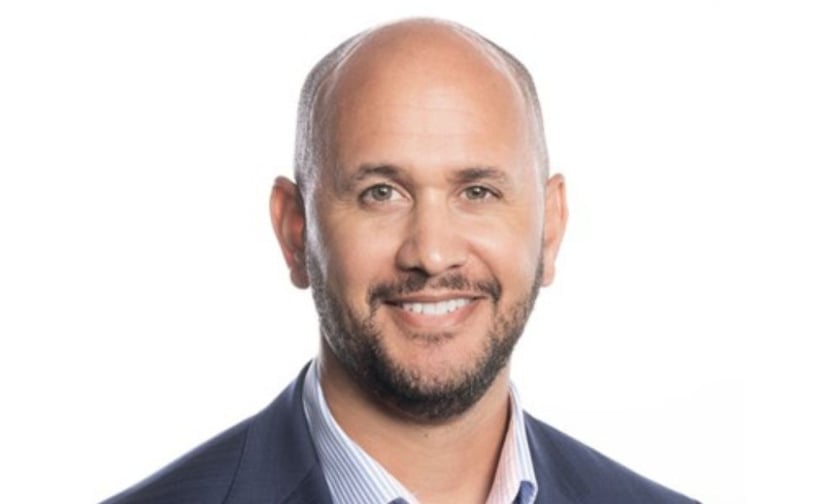

According to global reports, in 2023 the value and number of mergers and acquisitions across the world took a dive. That trend has continued into the first quarter of 2024.
“For all of 2023, global M&A activity dropped 16 percent from a year earlier, to US$3.1 trillion,” said a recent McKinsey & Company report.
However, the situation in Australia and much of the Asia Pacific was different: deal numbers are up.
Will Lewis (pictured above), head of Asia-Pacific for Liberty Global Transaction Solutions (Liberty GTS), said his firm received about 300 submissions across Australia during 2023. That’s slightly up on the previous year.
“That's remarkable across the world,” he said. “Everywhere else where we do business the actual submissions were down, except for in Australia, where they were up year on year.”
However, Sydney-based Lewis said the enterprise value of the deals was “much smaller” in line with valuations that were generally lower.
“The rates were lower as well,” he said.
The Australian M&A scene during the last 18 months has changed in other ways too.
“One thing we noticed was the deals were taking much longer to happen than they would previously,” he said.
Lewis said in 2021 and “to a degree” in 2022, deals were happening faster.
“In 2023, and even now, deals take a lot longer to happen,” he said. “There still seems to be a mismatch between buyers’ and purchasers’ price expectations.”
That was a major reason, he suggested, behind 2023 in Australia being “pretty subdued.”
“Overall, it did pick up in the second half of the year, which [was] what we expected it to do, but it certainly didn't pick up to the sort of levels that we hoped that it would pick up to,” said Lewis.
Lewis said that despite many months of relatively high interest rates, sellers have not yet adjusted their price expectations from where they were a couple of years ago.
Their mindsets, he suggested, are still influenced by the old post-COVID 19 pandemic days of easy credit. In 2021 the market was enjoying stimulus and liquidity pumped in by the government, debt was cheap and that pushed prices up.
“If you buy something with a combination of equity and debt, the debt costs a lot more so it’s harder to justify going to those higher numbers,” said Lewis.
As a result, he said, the overall purchase price in M&A deals in recent months is suffering from downward pressure and so are the insurance premiums covering these deals.
“They're still around,” he said. “We probably went from about five markets that are regularly quoting in Australia to about 15, so triple in capacity.”
Lewis said these agencies often have just one or two people – but they are having a “significant impact” on the market, partly because deal volumes are down.
“Particularly on rate and coverage,” he said.
Lewis said since the arrival of this competition rates have “have been subdued and falling.”
“I think it's made it probably pretty difficult for the entire market, particularly if you're setting up,” he said. “For the new players that difficulty could be understandable for the first two years or so but then they’ll have to start hitting some numbers I’d imagine.”
Lewis said once the global M&A situation improves some of these new arrivals will likely become less interested in Australian deals.
However, he said for the next couple of years, he expects rates to remain “subdued” and coverage to stay broad because of the number of players and the excess capacity.
Lewis suggested that in recent months potential deal makers have adopted a wait and see approach in light of high interest rates and borrowing costs.
However, he thinks deal numbers in Australia could pick up by the end of the year.
“There are some private equity houses and corporates who are actually getting businesses ready for sale at the moment as we understand it,” said Lewis. “A few of lawyers have mandates, mainly on the sell side, to get businesses ready for sale and some of those mandates are quite large.”
He said his firm currently has “a fair pipeline” of potential deals from brokers.
“It's mainly healthcare which has always been pretty strong,” said Lewis. “There are also some really large tech companies out there, there's still good demand for those.”
Infrastructure firms and pharmaceutical companies are also in the mix and, despite the challenges in this sector, a few construction firms as well, he said.
“We don't know when they're going to bind or what's going to happen but these are the target sectors and deals that we are expecting to happen,” said Lewis.
Are you an insurance broker in the M&A market? What deals are you working on? Please tell us below
